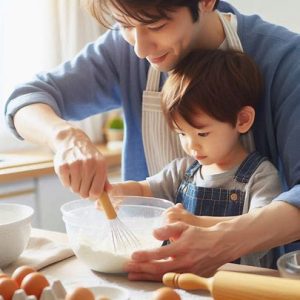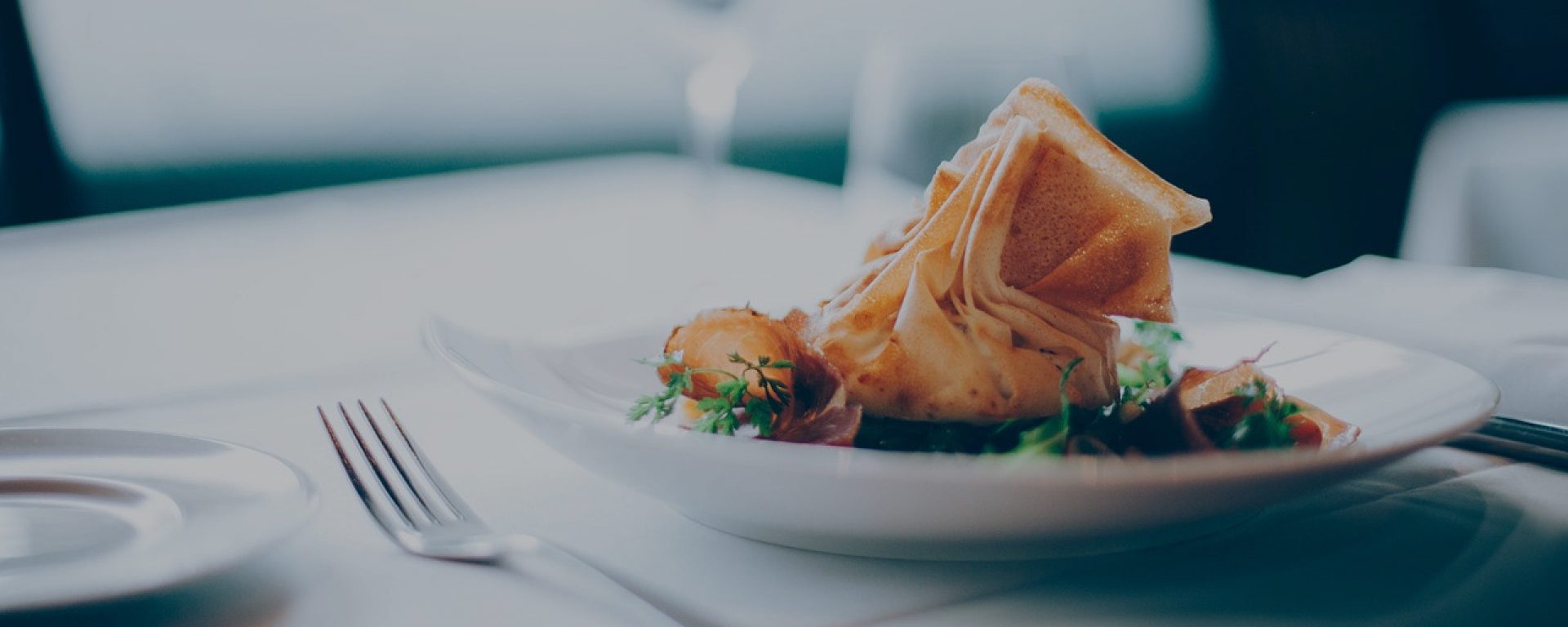 Measuring ingredients is one of the easiest ways to apply math daily. Whether doubling a recipe, halving ingredients, or converting between metric and imperial units, cooking naturally involves calculations. These simple tasks help reinforce essential math skills without feeling like traditional classroom work.
Measuring ingredients is one of the easiest ways to apply math daily. Whether doubling a recipe, halving ingredients, or converting between metric and imperial units, cooking naturally involves calculations. These simple tasks help reinforce essential math skills without feeling like traditional classroom work.
Parents looking for engaging ways to teach math at home can use cooking as a practical learning tool. A home school math teacher Asheville might even recommend baking as an effective way to introduce fractions. When children see math in action—like measuring 1/2 cup of sugar or dividing a pizza into equal slices—they grasp concepts more quickly and retain them longer.
Using Recipes to Practice Fractions
Recipes provide an excellent opportunity to explore fractions. Imagine a recipe that calls for 3/4 cup of flour. How many scoops will you need if you only have a 1/4 cup measuring scoop? Exercises like these help children visualize fractions in a real-world setting. If you need to double or halve a recipe, it also strengthens multiplication and division skills.
Converting Measurements
Understanding different measurement systems is another essential math skill. Cooking often requires conversions, such as changing tablespoons to cups or ounces to grams. For example, if a recipe lists 16 ounces of broth and your measuring cup only has milliliters, knowing that 1 ounce equals 29.57 milliliters will be useful. Encouraging kids to look up conversion charts or use mental math builds confidence in handling numbers.
Estimating and Rounding
Not every recipe calls for exact measurements. Sometimes, estimating is just as important as precise calculations. Ask children to guess how much a cup of rice weighs or how many tablespoons are in a half cup. Then, let them measure to check their answers. These exercises improve number sense and develop better problem-solving skills.
Understanding Ratios and Proportions
Cooking is filled with ratios and proportions. If a salad dressing requires three parts oil to one part vinegar, how much of each do you need for a larger batch? Learning ratios through food preparation teaches kids to scale up and down effortlessly. These same skills apply to everything from mixing paint colors to adjusting ingredients in a soup.
Time Management and Math
Every meal has a timeline. Cooking times, oven temperatures, and preparation schedules involve real-world math applications. If a dish needs to bake for 45 minutes and dinner is at 7:00 PM, what time should it go into the oven? Practicing these calculations helps kids develop logical thinking and time management skills.
Encouraging a Love for Math Through Cooking
Math doesn’t have to be intimidating. Children become more engaged When they see its real-world applications—especially in something as enjoyable as cooking. Turning everyday kitchen tasks into learning opportunities helps build a strong mathematical foundation while making delicious memories.

